The Connection Between The Moon And Hurricanes

The Connection Between the Moon and Hurricanes
Introduction
Hurricanes are some of the most destructive weather phenomena known to man. They are characterized by a combination of strong winds, heavy rainfall, and storm surges that can cause extensive damage to property and the environment. While there are many factors that contribute to hurricane formation, recent studies suggest that the moon may also play a role in their development. This article explores the connection between the moon and hurricanes, and discusses how this information can be useful for those living in hurricane-prone areas.
Lunar Tides and Hurricane Formation
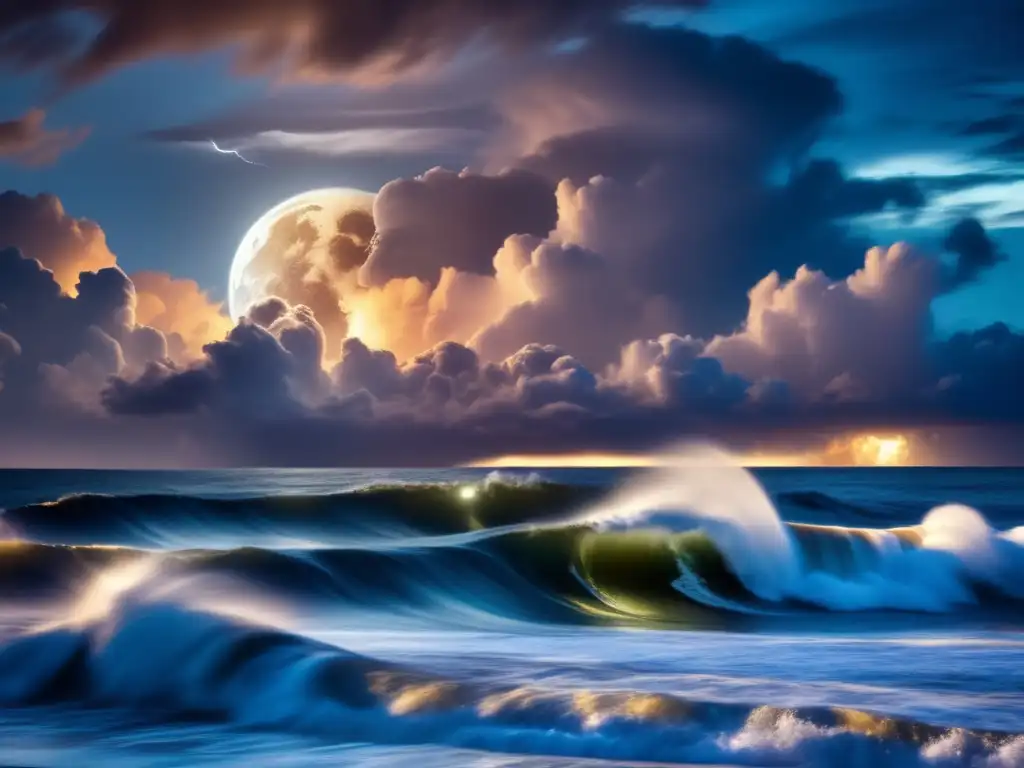
Effect of Lunar Tides on Ocean Currents
Ocean currents are one of the primary drivers of hurricane formation. Warm water currents help to fuel hurricanes, while cool water currents can help to weaken them. The moon's gravity affects ocean currents through its influence on tides. When the moon is closest to the earth, it creates a stronger gravitational pull that causes higher tides. Stronger tides, in turn, can create stronger ocean currents that contribute to hurricane formation.
Moon Phases and Hurricane Formation
The different phases of the moon can also affect hurricane formation. During a full or new moon, there is a greater difference between high and low tides. This difference is known as "spring tide." Spring tides can create stronger ocean currents that contribute to hurricane formation. In contrast, during a quarter moon, the difference between high and low tides is less, creating weaker ocean currents that can suppress hurricane formation.
How Lunar Tides Affect Storm Surge
Storm surge is a rise in sea level caused by a hurricane's strong winds and low-pressure center. This rise in sea level can lead to significant coastal flooding and property damage. Lunar tides can exacerbate storm surge by adding additional water to the ocean. If a hurricane coincides with a high tide, the resulting storm surge can be much higher than it would have been otherwise.
The Influence of the Moon on Hurricane Season
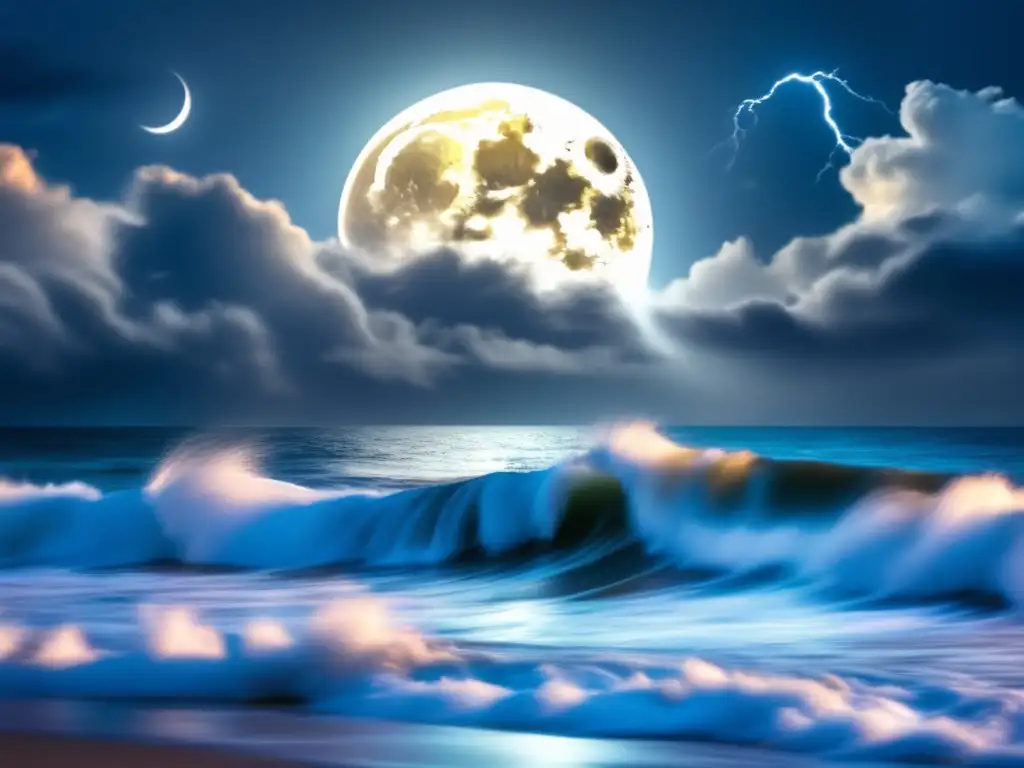
Effect of the Moon on Hurricane Frequency
Studies have shown that the moon may influence the frequency of hurricanes in a given season. During a new or full moon, when there is a stronger gravitational pull, there tend to be fewer hurricanes overall. In contrast, during a quarter moon, when there is a weaker gravitational pull, there are typically more hurricanes. However, these differences are relatively small and do not account for all variations in hurricane frequency from year to year.
Effect of the Moon on Hurricane Location
The position of the moon in relation to the earth can also affect hurricane location. During a full or new moon, the moon is aligned with the sun in such a way that creates higher tides. As a result, hurricanes that occur during these times are more likely to make landfall in coastal areas.
Effect of the Moon on Hurricane Intensity
While the moon's influence on hurricane intensity is not well understood, some researchers believe that it may play a role in strengthening or weakening hurricanes. The theory is that the moon's gravitational pull can create waves in the atmosphere, which in turn could affect wind patterns and contribute to hurricane intensity.
How This Information Can Be Useful

Hurricane Preparedness
Understanding the connection between the moon and hurricanes can be useful for those who live in hurricane-prone areas. By paying attention to lunar phases, it may be possible to predict when hurricanes are more likely to form or make landfall. This information can be used to take precautions and prepare for a potential hurricane, such as stocking up on emergency supplies and evacuating if necessary.
Scientific Research
The connection between the moon and hurricanes is still an area of active research. By better understanding this relationship, scientists may be able to develop more accurate models for predicting hurricane formation and intensity. In turn, this could help to improve hurricane preparedness and reduce the impact of these destructive storms.
Further Study
There is still much that is not known about the connection between the moon and hurricanes. Further research is needed to fully understand how lunar tides, phases, and positions affect hurricane formation, location, and intensity. By continuing to study this relationship, we may be able to improve our understanding of hurricanes and ultimately reduce their impact on society and the environment.
Frequently Asked Questions
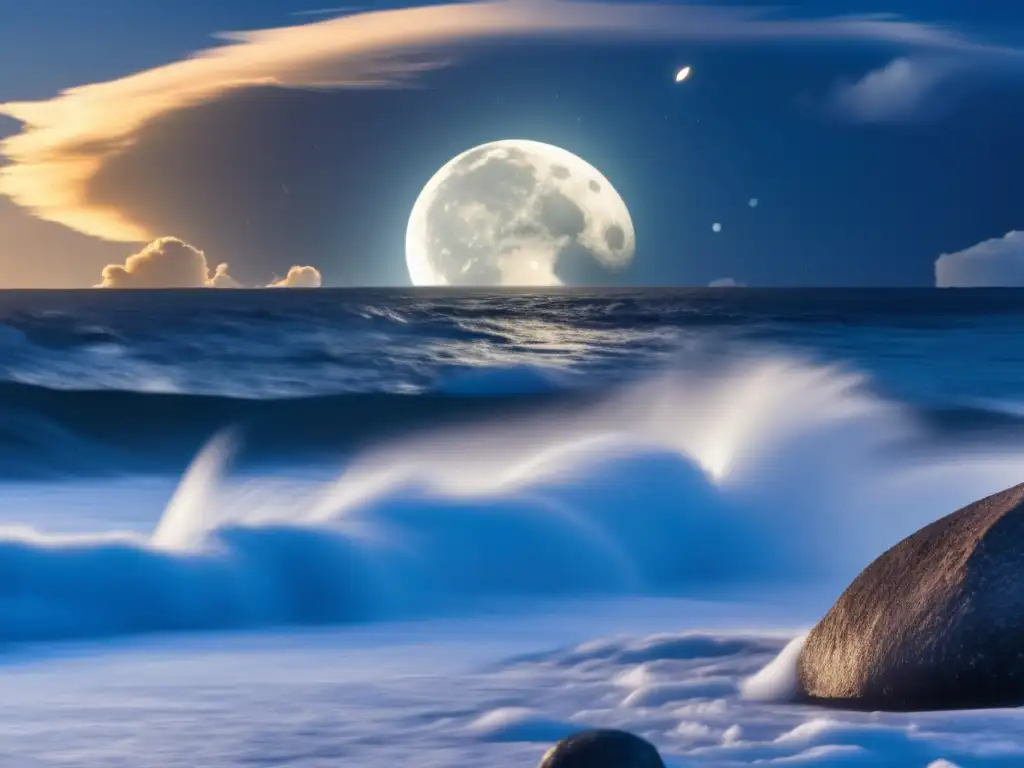
-
Can the moon cause a hurricane?
No, the moon cannot directly cause a hurricane. However, its influence on ocean currents and storm surge can contribute to hurricane formation and intensity.
-
Does the moon's influence on hurricanes vary by location?
Yes, the moon's influence on hurricanes can vary depending on the location of the hurricane and its proximity to coastal areas.
-
Can lunar tides make a hurricane worse?
Yes, if a hurricane coincides with a high tide, the resulting storm surge can be much higher than it would have been otherwise.
-
Is there a relationship between the moon and hurricane frequency?
Yes, some studies suggest that there may be a relationship between lunar phases and hurricane frequency, although this is not a conclusive finding.
-
Can tracking lunar phases help with hurricane preparedness?
Yes, by paying attention to lunar phases, it may be possible to predict when hurricanes are more likely to form or make landfall, which can be useful for taking precautions and preparing for potential hurricanes.
Conclusion
The connection between the moon and hurricanes is an important area of research for meteorologists and other scientists. While the precise nature of this relationship is still not fully understood, recent studies suggest that the moon may play a role in hurricane formation, location, and intensity. This information can be useful for those living in hurricane-prone areas, as well as for scientific research into these destructive weather phenomena. By continuing to study the connection between the moon and hurricanes, we may be able to develop new strategies for predicting and mitigating the impact of these powerful storms on society and the environment.
We hope this article has provided valuable insights into the connection between the moon and hurricanes. To learn more about hurricane preparedness and related topics, be sure to visit HurricaneInsider.org regularly for the latest updates and information.
Additional Resources
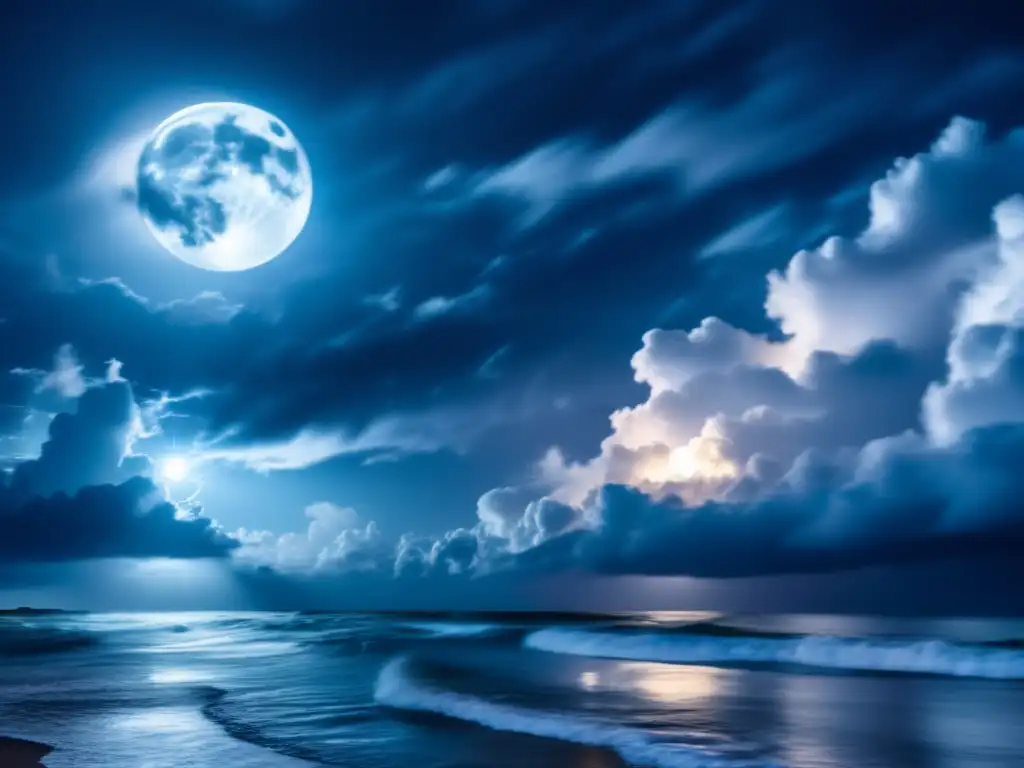
- National Hurricane Center
- NOAA Hurricane Preparedness Resource Page
- "The influence of lunar tides on tropical cyclone intensification"
 How The Public Responds To Hurricane Warnings
How The Public Responds To Hurricane Warnings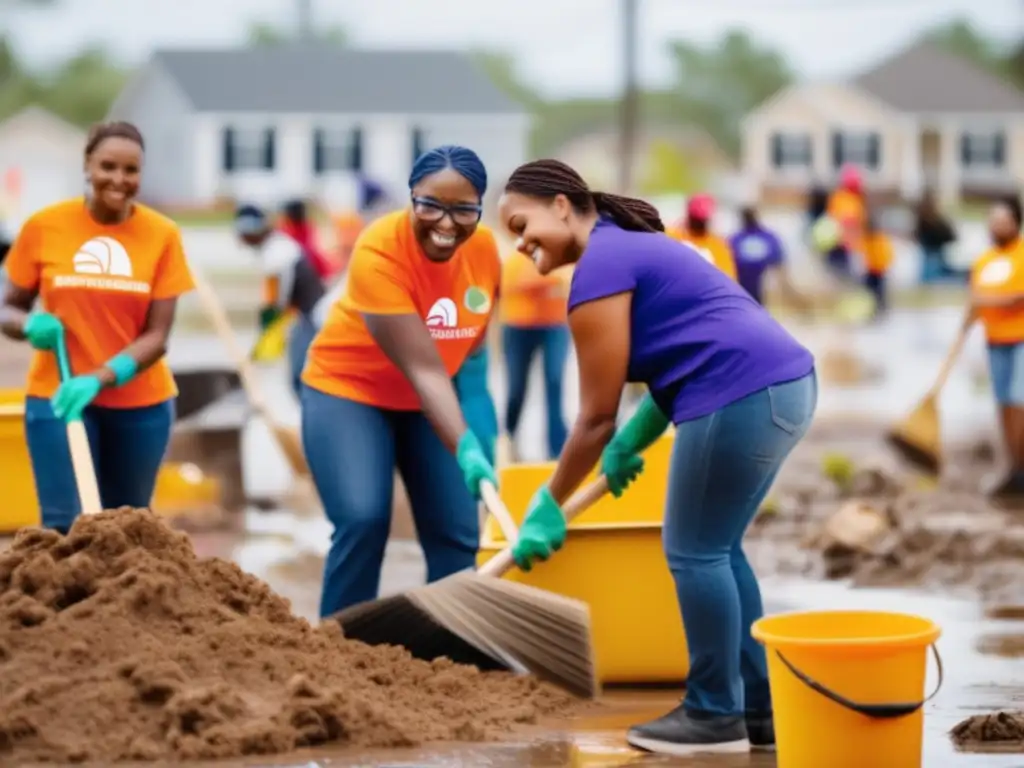 The Role Of Non-profits In Hurricane Relief And Recovery
The Role Of Non-profits In Hurricane Relief And Recovery The Impact Of Hurricanes On Freshwater Resources
The Impact Of Hurricanes On Freshwater ResourcesIf you want to discover more articles similar to The Connection Between The Moon And Hurricanes, you can visit the Basic knowledge about hurricanes: category.
Leave a Reply

Articulos relacionados: